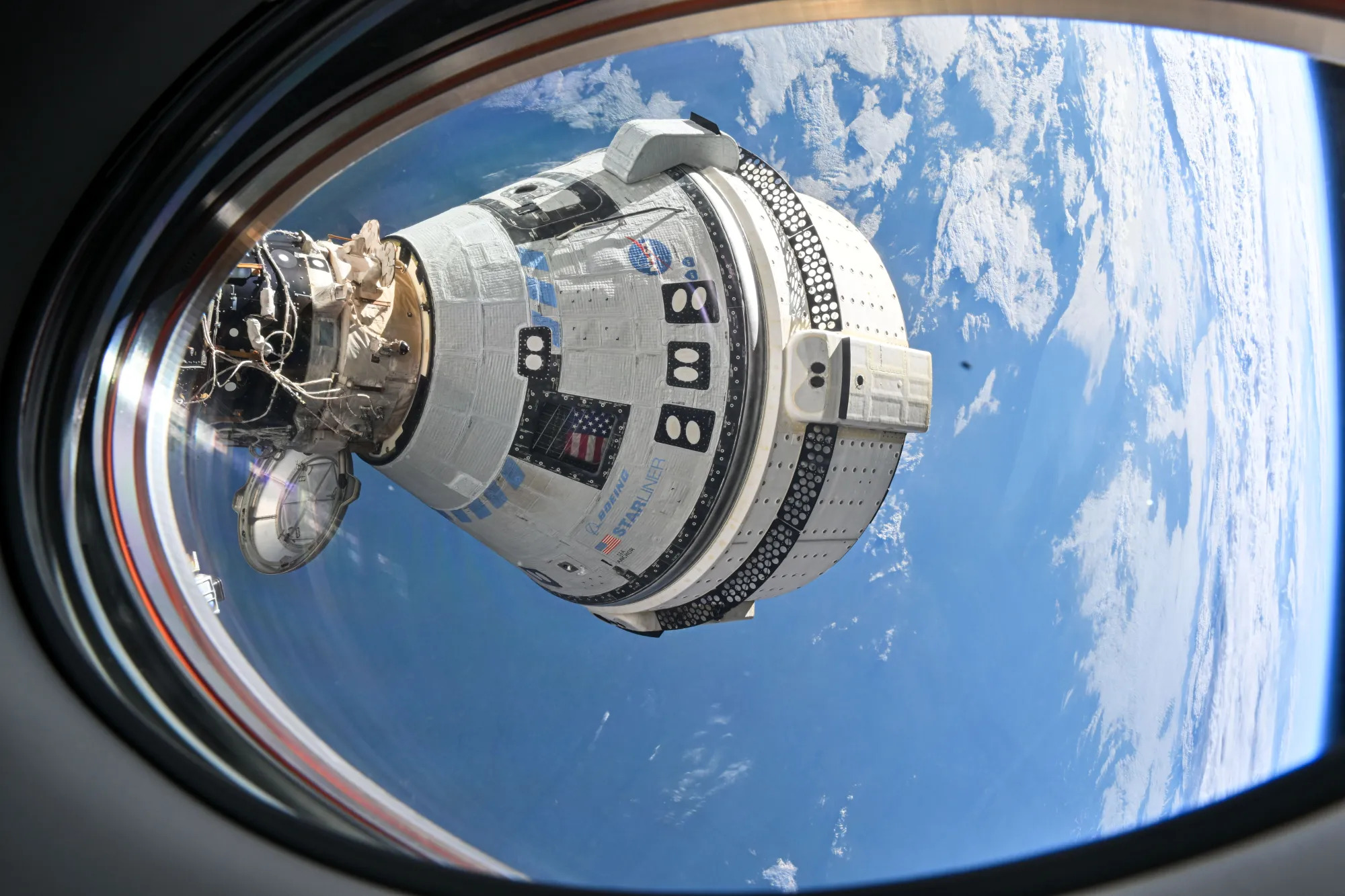NASA astronauts Barry “Butch” Wilmore and Sunita “Suni” Williams were welcomed by dolphins as they splashed down off the coast of Florida on the 19th of March, marking their much-anticipated return after an unexpected nine-month stay aboard the International Space Station (ISS). After a mission riddled with technological malfunctions and controversy, NASA and Boeing have been facing questions about every aspect of the mission, from the source of the error to the well-being of the astronauts.
What was supposed to happen?
The astronauts lifted off on June 5th, 2024 after several failed launch attempts due to an array of issues with the craft and its computers, including several leaks and navigation malfunctions. The mission was the first crewed flight of the Boeing Starliner CST – 100 capsule, transporting Williams and Wilmore to the ISS for an eight-day mission, according to NASA. Boeing had hoped that this test flight could pave the way for further crewed missions orbiting close to Earth.
According to Boeing, the Starliner capsule provides cutting-edge computerized systems that allow it to be fully automated during trips to space. This, coupled with the craft’s ability to be reused up to ten times, marks the next steps in the commercial space race. The June test mission was set to be a step forward in the process to certify the Starliner capsule for regular crewed missions.
Easier said than done
In an interview with Ars Technica, Wilmore worried about the launch, mentioning the thrusters and valves as his biggest concern prior to the mission after unmanned tests had revealed issues with them. In the end, those in fact led to the mission’s ill fate. As the craft approached the ISS, two of the thrusters, which are responsible for steering and controlling the craft, failed. This left Williams and Wilmore in a dangerous situation – if one more thruster had failed, the Starliner capsule would have become uncontrollable with the crew stranded in space.
Later testing by NASA also revealed five helium leaks that had the potential to deplete the helium supply used to maintain fuel supply to the thrusters. Engineers later determined, however, that the leaks were not big enough to pose any immediate threats. Even so, the question of whether Williams and Wilmore could return in the capsule loomed over the early stages of the mission.

Change of plans
According to a press release from NASA in early August, the agency made the decision to return the Starliner capsule without its crew to ensure the safety of Wilmore and Williams. NASA Administrator Bill Nelson is quoted explaining, “Spaceflight is risky, even at its safest and most routine … The decision to keep Butch and Suni aboard the International Space Station and bring Boeing’s Starliner home uncrewed is the result of our commitment to safety.” While the capsule did eventually return to Earth without issue, the malfunction left Wilmore and Williams stranded in the ISS until the next crewed capsule – a SpaceX Dragon with two free seats – arrived. It wasn’t until March of this year that the SpaceX capsule returned to Earth and the astronauts were finally returned home.
In the meantime?
Williams and Wilmore didn’t stay idle in the ISS, as they were quickly put to work, taking part in experiments and gathering valuable data as part of the Space Station research agenda. The two worked to investigate the way fluids behave in microgravity to help develop systems for growing plants and sustaining life in space. Many of the astronauts’ tests were centred around testing the livability of the capsule, from examining the seating arrangement on board to monitoring the air circulation within the craft. In January, Williams even completed a spacewalk to carry out repairs on an X-ray telescope attached to the Space Station. In short, not a minute of the nine-month mission was put to waste.
How (un)healthy is nine months in space?
One of the most obvious changes astronauts will experience is the loss of bone density and muscle mass due to the lack of gravity in space. According to NASA research, astronauts lose around 1% of their bone density for every month spent in space unless it is countered with specialized strength training. Even with rigorous health programs in place, many astronauts – including Williams and Wilmore – have trouble readjusting to gravity once back on Earth, with videos going viral of them struggling to walk or fainting after emerging from return capsules.
What’s possibly more worrying, though, is the mental impact of such a mission. Psychological strain can influence teamwork and astronauts’ overall performance. Though Williams and Wilmore stayed cheerful and optimistic during and after their unexpected stay at the ISS, research reveals that disrupted sleep schedules, close quarters, and isolation can lead to increased stress and even mania in some cases. It seems, then, that the Starliner crew’s positive attitude in post-mission interviews is a testament to their mental strength and ability to keep calm in the face of uncertainty.
What Boeing has to learn from its mistakes
With NASA eyeing crewed missions to Mars by the 2030s and Boeing looking to expand its commercial space program, pressure is mounting to create spacecraft that can support safe, long-term missions. Though the CST–100 is intended for low-Earth orbit, its reliability will have to be re-established in future missions in order to gain certification from NASA and solidify itself as a frontrunner for commercial space travel. Boeing and NASA engineers will now have to work overtime to fix the thruster issues and ensure the safety of future crews.
[jetpack-related-posts]
